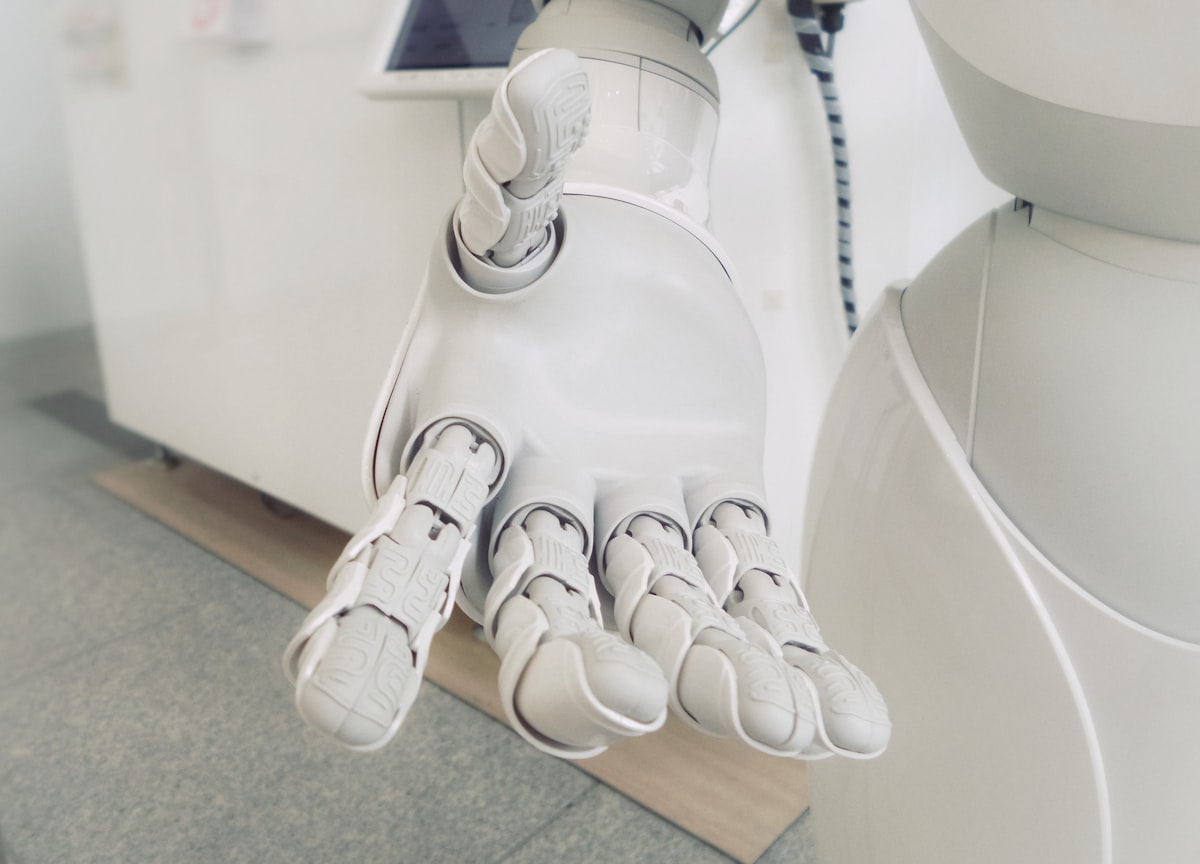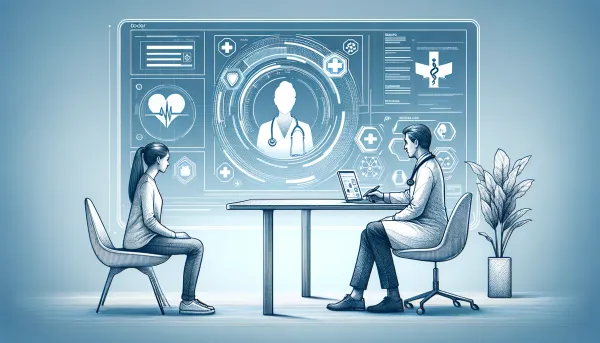Operating during a wedding
How AI algorithms work, saying no to monopolies, a solution for childhood obesity and a surgery during a wedding.

It was an interesting week. On Thursday, I tweeted a summary of how Medical Notes is developing - just reached 230 subscribers, traffic is picking up (already more visitors than the whole last month!) and these short weekly emails have been a success.
In this one:
- How an AI algorithm makes medical decisions
- Saying no to monopolies
- A possible solution for childhood obesity, and
- A bonus video about remote surgery
Read on👇
🤔 How an AI algorithm makes medical decisions?
A lot has been said about AI algorithms and decision support systems in healthcare. But have you ever wondered how they actually work? The Verge published an article about a month ago, breaking down how an AI algorithm that flags patients in the early stages of sepsis (Sepsis Watch by Duke University) actually works.
There are always the sceptics that don’t want AI being in charge of the decision-making (which it isn’t). Even the patients sometimes have reservations about using anything connected to it in their care. But the article by The Verge attempts to demystify this by explaining it in detail.
👩🔬 Say no to monopolies
I already wrote about decentralised science in an article a few weeks ago. VitaDAO, one of the organisations also mentioned in it, recently published a very informative post about DeSci. In it, the author discusses how crypto can help science and medicine break away from the well-established monopolies in two parts:
First, how the “De” in DeSci can improve clinical medicine:
- Demonstrating the advantages of decentralised clinical trials (DCT).
- Focusing on going-to-market over patents.
And second, how the “De” in DeSci can improve basic research:
- Achieving funding levels that rival those offered by tradSci grant agencies.
- Deprioritising academic journals.
As I said, very informative and useful. Read it here.
💡 A solution for childhood obesity?
I wrote about the Internet of Things (IoT) as an exciting new field that’s entering healthcare. Recently, Plos Digital Health published a review about how IoT technologies could be an intervention for childhood obesity. I like how it focuses on a specific (and important) problem and gives an overview of how IoT could help solve it.
Here’s an image from the review that gives a good idea about the state of this field.

🎮 Operating during a wedding
This is a "bonus" resource because I thought the video was quite entertaining. I stumbled upon a 2-year-old ad for 5G by TIM, the Italian mobile network operator. In it, they showcase the power of remote surgery.




